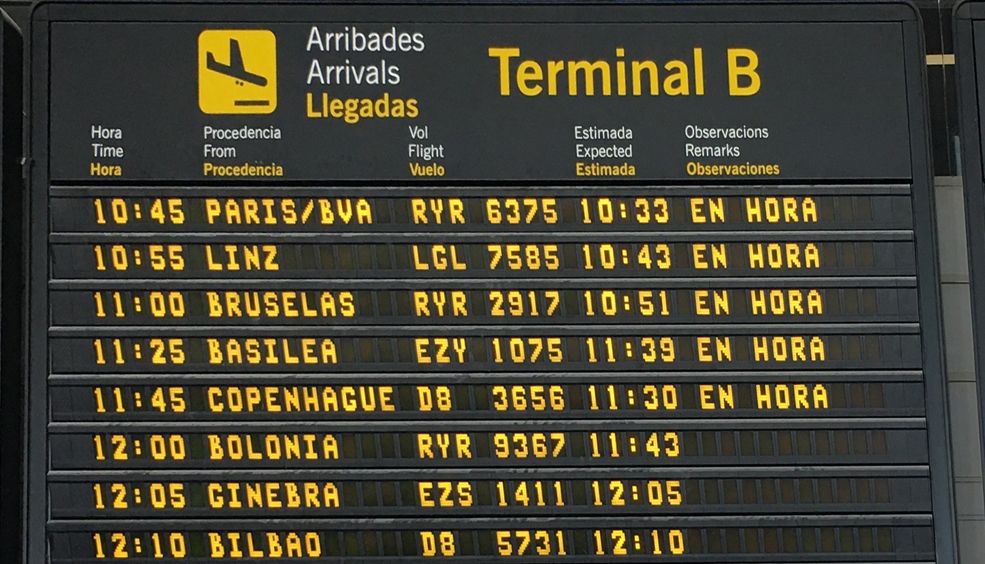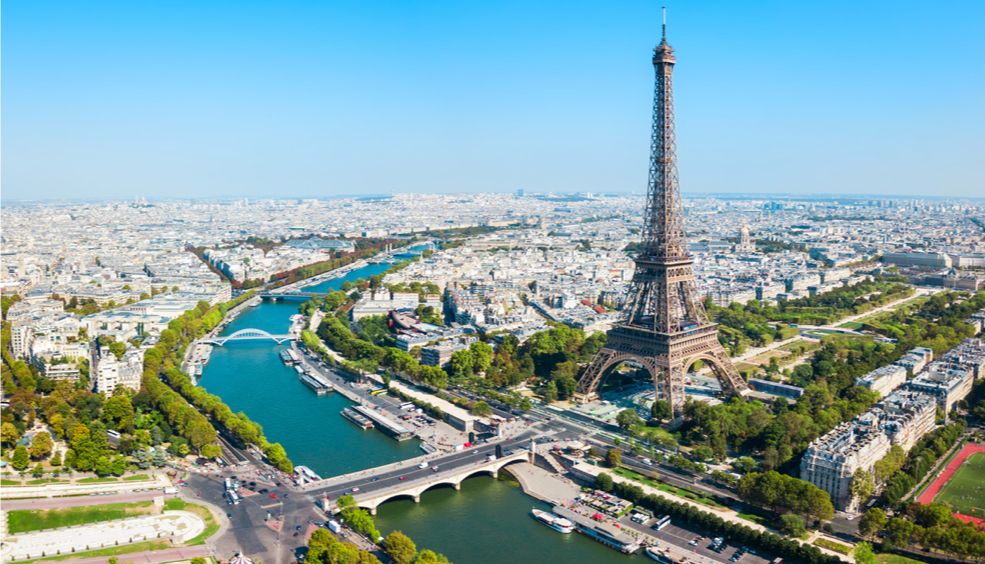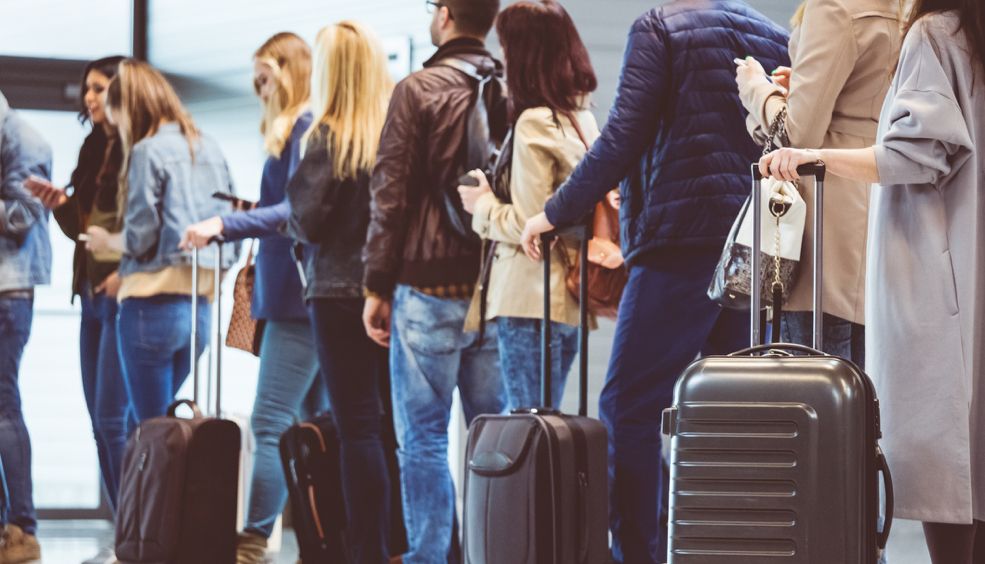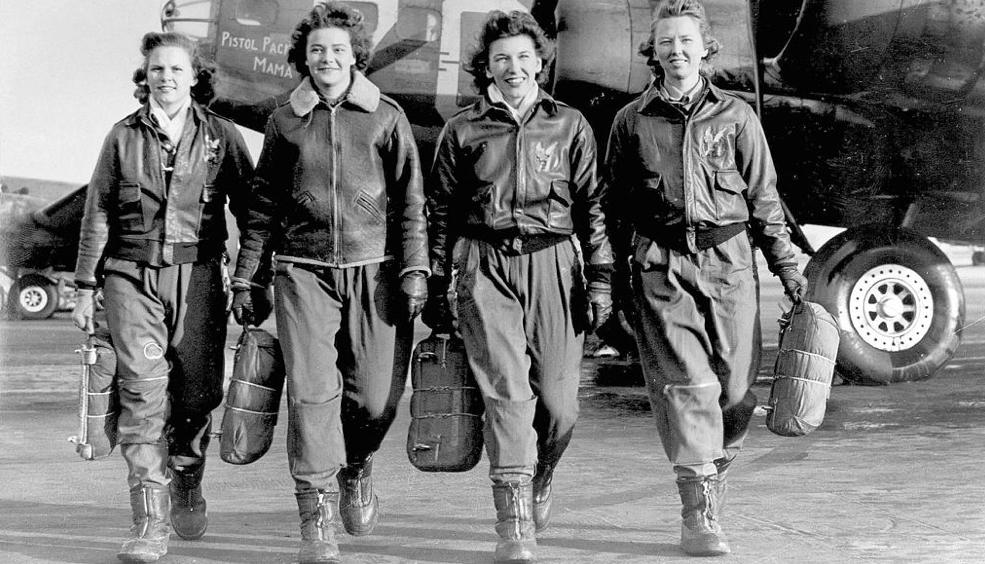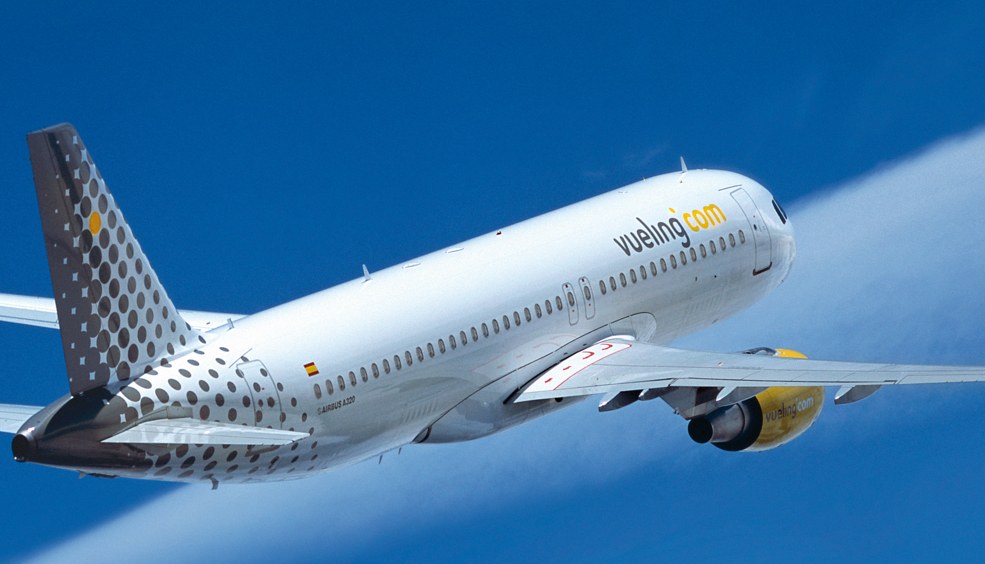BCN, CDG, VIE, LGW.... All frequent flyers (and regular players of Trivial Pursuit) know what these three letters mean. They are IATA codes, in other words, the three letters that identify every single airport in the world.
The International Air Transport Association (IATA), which comprises more than 200 airlines from 126 countries, is the organisation responsible for assigning these codes. As a simple way of identifying any airport at a glance, the codes are used on boarding passes as well as on the tags that airlines place on checked bags.
The use of this coding system dates back to the 1940s, and from ABC (Albacete) to ZRH (Zurich), all airports have a designated code. Since the number of possible three-letter combinations is finite and the world has over 20,000 airports, more than 300 airports have had to repeat an IATA code.
How are they formed?
There are several rules for assigning these codes:
- The most common format is to take the first three letters of the name of the city where the airport is located, as in the case of MAD (Madrid), AMS (Amsterdam), LIS (Lisbon) and DUB (Dublin).
- Another common format is to use three letters in the same order in which they appear in the name but not necessarily one immediately after the other, e.g. BIO (Bilbao), TLV (Tel Aviv), MLA (Malta) and PRG (Prague).
- But as always, there are certain exceptions. Sometimes the IATA code makes reference to the name of the airport rather than the city (e.g. FCO: Rome Fiumicino and LHR: London-Heathrow), to the name of the city but with different format (XRY: Jerez, a city with the name of a wine known in English as sherry and in French as xérès), to the island where the airport is located (FUE: Fuerteventura).
- And last but not least, we have the rarest IATA codes of all, which take two letters from the name of the city and then a third random letter, like SVQ (Seville), AGP (Málaga), BHX (Birmingham) and RIX (Riga).
So now that you know how to decipher those three letters you always see on your bag tag, do you know why planes are always white?


